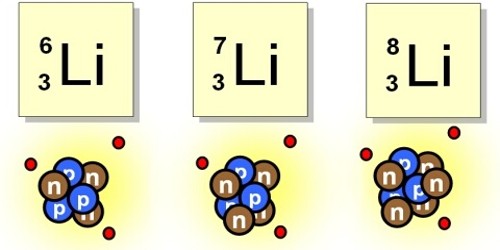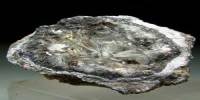Enzymes are protein molecules in cells that work as biological catalysts. They speed up chemical reactions in the body but do not get used up in the process, therefore they can be used over and over again. They help speed up chemical reactions in the human body. Almost all biochemical reactions in living things need enzymes. They are essential for respiration, digesting food, muscle and nerve function, among thousands of other roles.
The first enzyme was found in 1833 by Anselme Payen.
Enzyme structure
There are thousands of different enzymes and each one is specific to the reaction which it catalyzes. They are built of proteins folded into complicated shapes; they are present throughout the body. Examples of this include ATP synthase. It makes a chemical called ATP. Another example is DNA polymerase. It reads an intact DNA strand and uses it as a template to make a new strand.
The chemical reactions that keep us alive – our metabolism – rely on the work that enzymes carry out. One example of an enzyme is amylase, found in saliva. It breaks down starch molecules into smaller glucose and maltose molecules. Another kind of enzyme is lipase. It breaks down fats into smaller molecules, fatty acids, and glycerol.
are made from amino acids, and they are proteins. The proteases are a whole class of enzymes. They break down other enzymes and proteins back into amino acids. Nucleases are enzymes that cut DNA or RNA, often in a specific place in the molecule.
Most enzymes will not work unless the temperature and pH are just right. In mammals, the right temperature is usually about 37oC degrees (body temperature). The correct pH can vary greatly. Pepsin is an example of an enzyme that works best when pH is about 1.5.
Classification
Enzymes have been classified by the International Union of Biochemistry. Their Commission on Enzymes has grouped all known enzymes into six classes:
- Oxidoreductases: catalyze the transfer of electrons
- Transferases: move a functional group from one molecule to another
- Hydrolases: add –OH (hydroxyl) group
- Lyases: split chemical bonds, and often add a double bond or ring structure
- Isomerases: A –> B where B is an isomer of A
- Ligases: join two large molecules: Ab + C –> A–C + b
- The individual enzymes are given a four-figure number which classifies them in the database.
Uses of Enzymes
Enzymes are used commercially for:
- making baby food – pre-digesting food for babies
- softening the centers of chocolates
- biological washing powder – which contains protease enzymes to break down the grime and dirt. It works at a lower temperature, so less energy is needed.
















